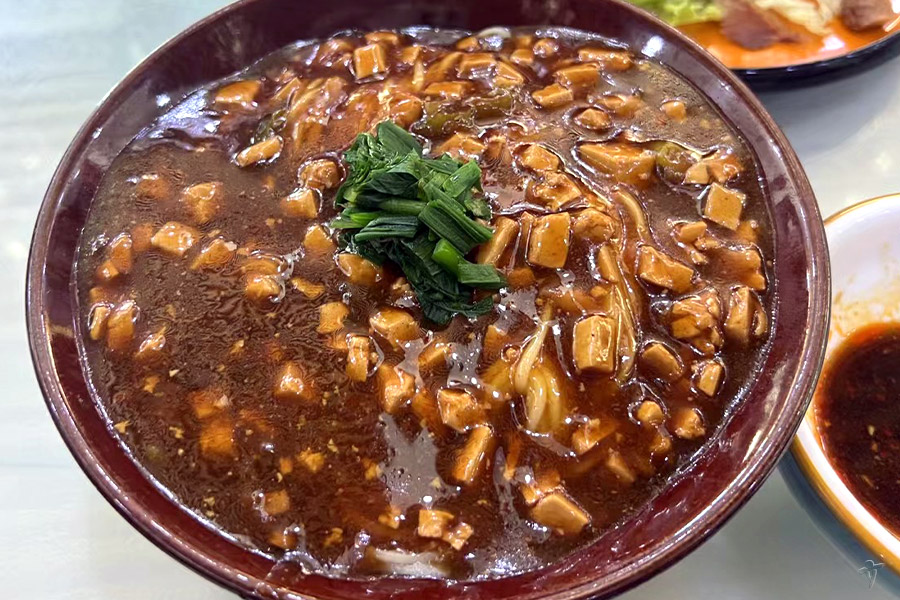Dunhuang Cuisine

Locals in Dunhuang on one hand are fond of mutton, chicken and beef. On the other hand, they are passionate about noodles. Dunhuang yellow noodle, thin and long, releases lovely flavour. Handmade Saozi noodle tastes fresh that will never fail to invite you. Liangpi should be counted the most famous dish among all Dunhuang food. This spicy and flexible food is a must-eat whenever you pay a visit to the city. Another feature of Dunhuang food is spiciness, characteristic of Sichuan Cuisine. When night falls, you can find stall on the street selling malatang. Sha Zhou night market on East Yang Guan Road (Yang Guan Dong Road) enjoys various snacks and subsidiary agricultural products, noodle and barbeque. They are all inexpensive!! If you prefer somewhere tranquil, you can stroll near Feitian Hotel on Ming Mountain Road (Ming Shan Road), where there are quite a few Chinese and Western eateries offering dainty dishes at a medium price.
Dunhuang Noodle (敦煌黄面)
As thin and long as thread, Dunhuang noodle has an exquisite flavor, if you add some soup or vegetables to it. The way of making the noodle is not easy. You will be shocked at the cook’s workmanship, in that they can change a mass of flour weighing about 4 kilogrammes into pretty thin noodles. Just like a magic! Seeing this golden noodle, you cannot help trying it at once. As a matter of fact, murals of Song Dynasty (960-1127) in the Mogao Grottoes had already presented so lively scene of making Dunhuang noodle, from which you can tell its long history.
Liangpi (酿皮子)
Lingpi, in Dunhuang, has different types, some as bright as topaz, some as jade. It is a traditional snack and local fast food that enjoys great popularity in folks. Made from wheat, it tastes flexible, fresh and spicy if you add some condiments to it. First, mix the flour with water and knead it so that starch and protein in the flour are separated. And the protein then is called gluten; the flour pasta in the water is the raw material for liangpi. When water boils, put the dish filled with pasta in it. After a few minutes, liangpi is done. What to do next is cut it into strips. Place some slices of gluten and mustard, garlic, chilli and sesame oil, and now a wonderful dish is just before you eyes!




